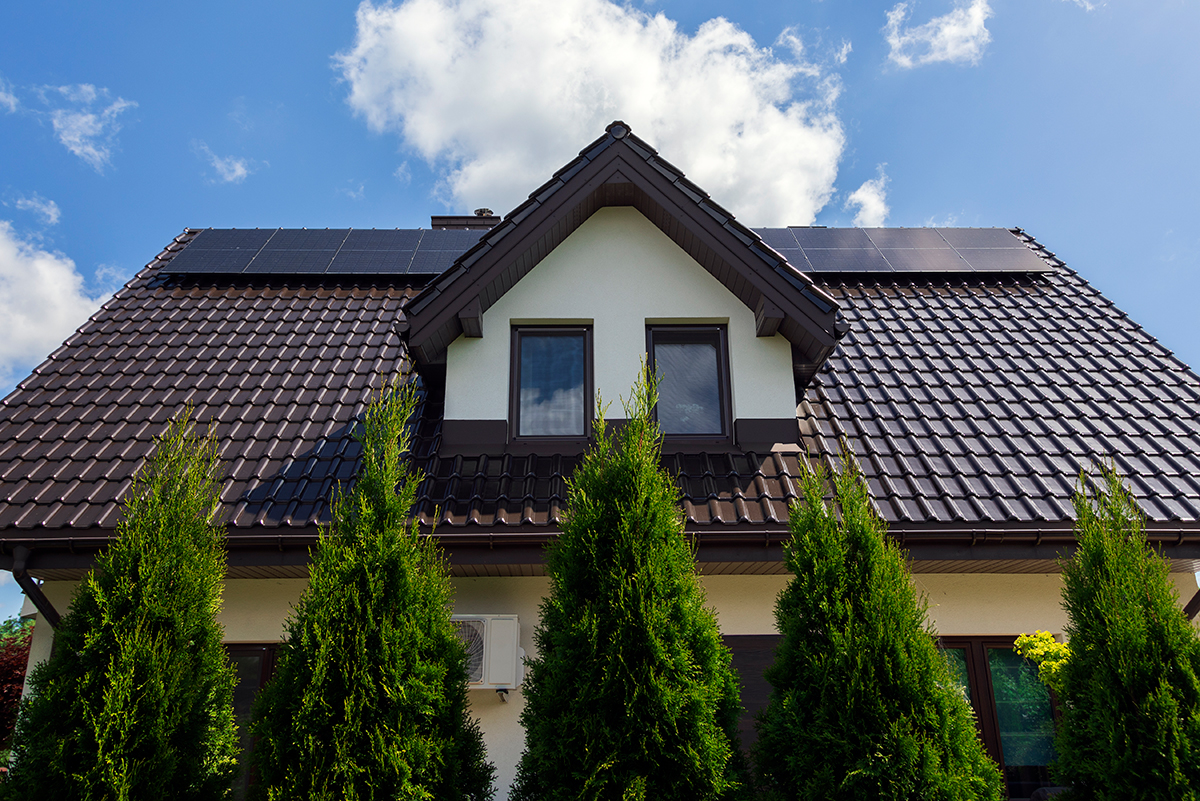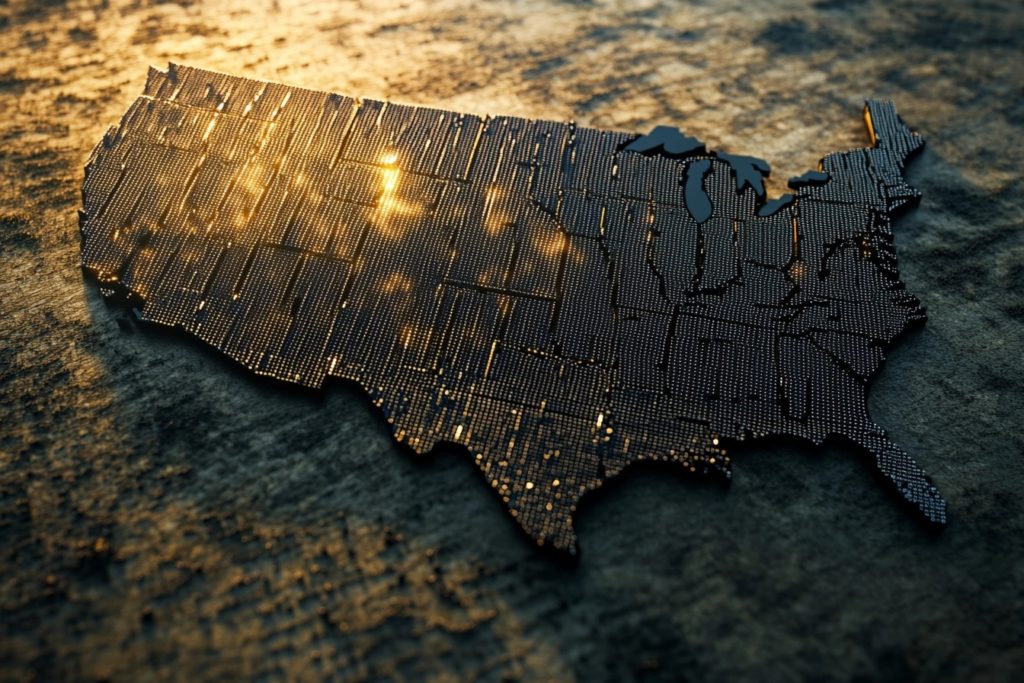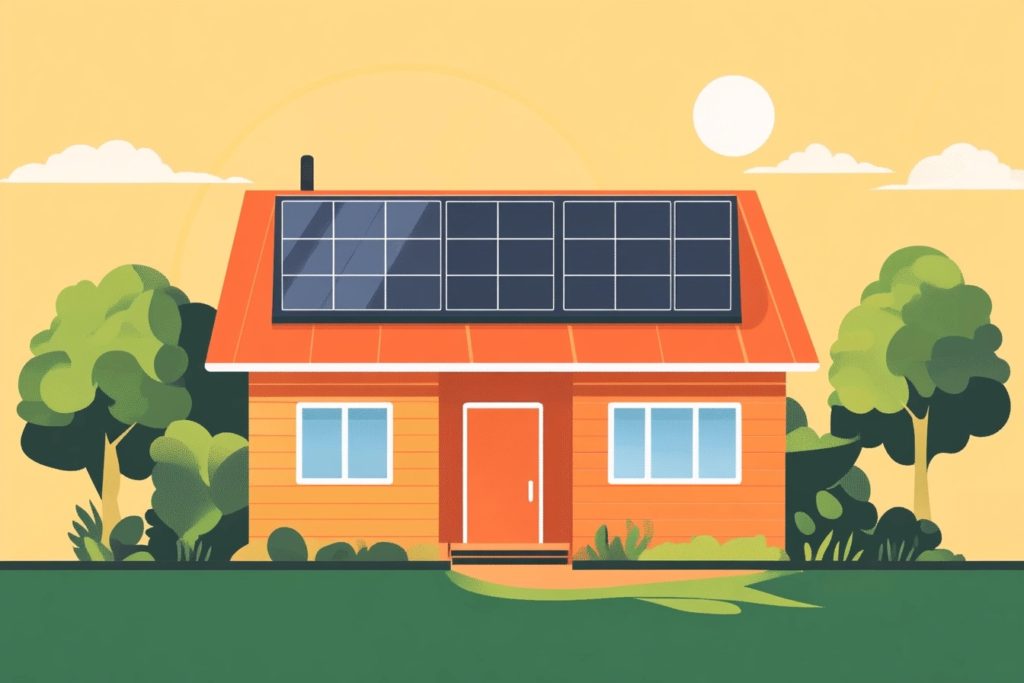
There’s a lot of buzz around solar panels lately and for good reason! These panels have a ton of benefits, from reducing your carbon dioxide footprint to saving you money on your energy bill.
But many people don’t know how solar panels are made. In fact, many people believe that they can create efficient solar panels in their own garage for little cost and no risk. This can be quite problematic and result in serious expenses if problems occur.
In this guide, we will walk you through the entire process of how are solar panels made. You’ll learn about the different types of solar panels, how they’re manufactured, and the benefits of going solar.
Keep reading to discover the wonders of the solar system and how it can be utilized to provide clean energy for all.
Solar Panels: A Brief History
Solar panels have been around for centuries, but they’ve only become widely used in the last few decades. Solar panel manufacturers started becoming more commonplace.
The first modern solar panel was created in 1954 by Bell Labs. This panel was made of silicon, which is still used in many solar panels today. Solar panels were originally used for powering spacecraft and satellites.
But as technology improved, solar panels became smaller and more efficient. In 1977, the first residential solar panel system was installed in California. And since then, the use of solar panels has grown exponentially.
How Are Solar Panels Made?
Solar panels are made up of several different components, including an inverter, a charge controller, and batteries.
The most important part of a solar panel is the photovoltaic cells. These cells are made of silicon and they convert sunlight into electricity. The pv cells are connected together to form a solar panel.
Solar panels are manufactured in a cleanroom environment. This is because the slightest bit of dust can contaminate the photovoltaic cells.
The cells are placed on a metal sheet and cut into small squares. They are then placed in an oven and heated to high temperatures. This process removes any impurities from the silicon.
After the solar panels are cooled, they undergo a series of tests to ensure that they meet quality standards. Once they pass these tests, the solar panels are ready to be installed!
Why Go Solar?
There are many reasons why you should consider going solar. Solar energy is a renewable resource, which means it will never run out.
It’s also much cleaner than other forms of energy, like coal and natural gas. Solar panels have a small carbon footprint and they don’t produce any air pollution.
Another great reason to go solar is that it can save you money! Solar panels can reduce your electricity bill by up to 50%.
And in some cases, you may even be eligible for government incentives. Going solar is a great way to save money and help the environment at the same time!
The List of Benefits of Solar Power is Long
We’ve only scratched the surface of all the benefits of solar energy. Solar power is becoming more and more popular and for good reason! These panels are environmentally friendly and cost-effective, and they have a bright future ahead.
Here are some of the other benefits that solar power provides:
- Solar energy is free once you’ve installed the initial panels
- Solar panels have a very long lifespan (25-30 years)
- Solar power is becoming more efficient as technology improves
- Solar panels can be used to generate electricity, heat water, and more
As you can see, there are many reasons to consider going solar. Solar panels are an investment that will pay off for years to come.
What Are Solar Panels Made Of?
Solar panels are made of several different materials, including glass, aluminum, and pure silicon. The most important part of a solar panel is the photovoltaic cells. These silicon cells are made of silicon and they convert sunlight into electricity.
Furthermore, solar panels also contain an inverter, a charge controller, and batteries. These components work together to store the energy generated by the solar panel so that it can be used at a later time.
In greater detail, these parts are made as follows:
The solar cells are cut from silicon wafers, which are thin layer slices of crystalline silicon. It is a single crystal element.
The aluminum frame is made from extruded aluminum, which is heated and passed through a die to create the desired shape.
The glass cover is made from tempered glass, which is heat-treated to make it stronger. It often come with an anti reflective coating.
What Are the Materials Used to Make Solar Panel Components?
The primary component is the silicon as mentioned prior. This material is sourced by mining quartzite and processing it with heat to create silicon tetrachloride.
This chloride is then reacted with hydrogen to create trichlorosilane. This substance is then reduced with hydrogen to finally produce the monocrystalline silicon used in solar cells.
Aluminum, glass, and other metals make up the rest of the panel. The aluminum is sourced from bauxite ore which is refined into alumina before being smelted to create aluminum alloys used in frames.
The tempered glass is made by heating common float glass until it reaches its softening point and then rapidly cooling it to strengthen it.
Some other materials are made/sourced by the following processes:
Indium tin oxide (ITO) is deposited on the glass through sputtering, which is a process where the material is ejected from a target and onto a substrate.
The back sheet is made of polyvinyl fluoride (PVF), which is produced by fluorinating vinyl chloride.
Ethylene-vinyl acetate (EVA) encapsulant material is made by combining ethylene and vinyl acetate monomers.
What Would It Take/How Difficult Would It Be to Make Your Own Solar Panel?
The solar cell is the most important and difficult part to make. To create a silicon wafer, quartzite must be mined and then heated to extremely high temperatures. This process requires specialized equipment that most people do not have access to.
Even if you were able to obtain the necessary materials and equipment, it would be very difficult to create a solar panel that is as efficient as those that are commercially available.
Solar panels are typically only around 15% efficient, which means that only 15% of the sunlight that hits the panel is converted into electricity.
Commercially available solar panels are made in large factories with expensive equipment. The manufacturing process is also heavily automated, which further reduces the cost of production. For these reasons, it is not realistic for most people to make their own solar panels.
The Positive Impact of Solar Panel Installation: Saved Trees, Better Air, Renewable Energy
Solar panels have a positive impact on the environment in several ways. First, they save trees.
Solar panels require far less land than other forms of energy generation, such as coal or natural gas. In fact, if solar panels were used instead of Fossil fuels, we could save up to 50 million acres of land by 2030.
Second, solar panels help improve air quality. Solar installations do not produce emissions, which means that they can help reduce smog and other pollutants in the atmosphere.
Finally, solar energy is a renewable resource. Unlike fossil fuels, which will eventually run out, there is no limit to the amount of sunlight that we can harness for energy. This makes solar an excellent long-term solution.
Solar Panel Installation Advice & Guidelines
Now that you know how solar panels are made, you may be wondering if solar is right for your home or business. The first step is to determine whether your property receives enough sunlight to make solar a viable option.
If you live in an area with long winters and short summers, it is likely that your property does not receive enough sunlight to justify the cost of installation. However, if you live in a sunny climate, solar may be a good option for you.
Another factor to consider is the size of your roof. Solar panel installations require a large amount of space, so properties with small roofs may not be suitable candidates.
Finally, you will need to decide whether you want to install the panels yourself or hire a professional. Solar panel installation is a complex process, so it is generally best to hire a professional if you are not experienced in this area.
If you are considering solar panel installation, be sure to follow these guidelines to ensure that the process goes smoothly.
Common Mistakes Made With DIY Solar Panel Installation
Although solar panel installation is a complex process, it is possible to do it yourself if you are experienced in this area. However, there are some common mistakes that people make when they try to install solar panels on their own.
One of the most common mistakes is not properly preparing the surface of the roof.
Solar panels must be installed on a flat, level surface in order to function correctly. If the surface of your roof is not prepared properly, the panels will not work as efficiently as they could.
Another mistake that people make is not securing the panels correctly. Solar panels are very heavy and can easily be damaged by high winds. In order to prevent this from happening, it is important to secure the panels with brackets or straps.
Finally, people often underestimate the amount of work that is involved in solar panel installation. This process is very time-consuming and requires a great deal of patience. If you are not prepared for this, it is likely that you will make mistakes.
If you are considering solar panel installation, be sure to avoid these common mistakes. With proper preparation and care, you can successfully install solar panels on your own.
Should You Hire a Specialist to Source, Install & Maintain Your Solar Panels?
When it comes to solar panel installation, you have two main options: you can either do it yourself or hire a professional. If you are experienced in this area, then you may be able to successfully install the panels yourself. However, there are several disadvantages to this approach.
First of all, it is important to remember that solar panel installation is a complex process. If you make even a small mistake, it could result in the panels not working correctly. This could waste a lot of money and time.
Secondly, sourcing and installing solar panels is very labor-intensive. It is likely that you will need to take time off work in order to complete the project. This could end up costing you more money in lost wages than you would save by doing the work yourself.
Finally, you will need to maintain the solar panels on a regular basis. This includes cleaning them and checking that they are working correctly. If you do not have the time or expertise to do this, then it is best to hire a professional.
If you are considering solar panel installation, weigh up the pros and cons of doing it yourself before making a decision. Hiring a professional may cost more money upfront, but it could save you money in the long run.
Solar Energy for You
There are many factors to consider when deciding whether or not to install solar modules. However, if you do your research and prepare properly, solar panel installation can be a great way to save money and energy.
If you are unsure about installing the panels yourself, hire a professional to do it for you.
They will have the experience and expertise to ensure that the job is done correctly. Ultimately, solar clean energy is a great choice for anyone looking for an environmentally-friendly and cost-effective way to power their home.
Now that you know how are solar panels made, if you’re interested in learning more or finding the right solar panel for your needs, get in touch with us and we will assist you in this regard.




